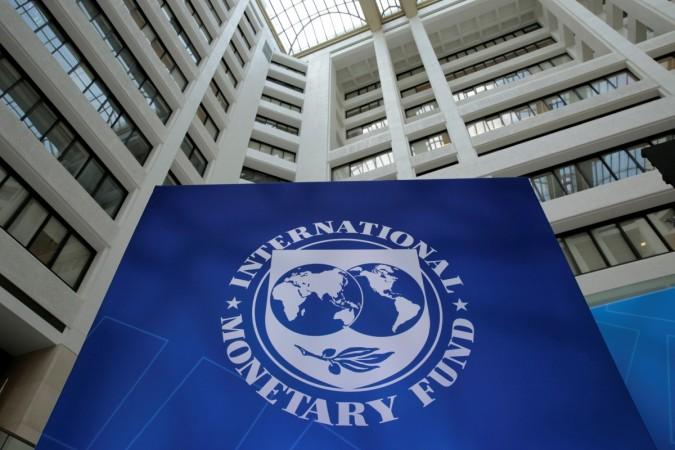
India's growth is expected to rebound to 7.2 percent in 2017-18 and further to 7.7 percent in 2018-19 after the "temporary disruptions" caused as a result of demonetisation, the effects of which are likely to dissipate in the current year, the International Monetary Fund (IMF) said in its latest report on Tuesday.
"In India, growth is projected to rebound to 7.2 percent in 2017-18 and further to 7.7 percent in 2018-19. The temporary disruptions (primarily to private consumption) caused by cash shortages accompanying the currency exchange initiative are expected to gradually dissipate in 2017 as cash shortages ease," IMF's Asia Pacific Economic Outlook report said.
"Such disruptions would also be offset by tailwinds from a favorable monsoon season and continued progress in resolving supply-side bottlenecks," it added.
IMF, however, said that the investment recovery is expected to remain modest and uneven across sectors as de-leveraging takes place and industrial capacity utilisation picks up.
"Headwinds from weaknesses in India's bank and corporate balance sheets will also weigh on near-term credit growth. Confidence and policy credibility gains, including from continued fiscal consolidation and anti-inflationary monetary policy, continue to underpin macroeconomic stability," the report noted.
While the Central Statistics Office (CSO) has estimated India's growth at 7.1 percent this fiscal, IMF has predicted it to decelerate to 6.8 percent due to demonetisation.
"India's currency exchange initiative and its associated cash shortages weighed on activity in 2016. Growth for 2016-17 is expected to decelerate to 6.8 percent," IMF said.
"The post-November 8, 2016, cash shortages and payment disruptions caused by the currency exchange initiative have strained consumption and business activity, especially in the informal sector. The key factor behind the short-term economic disruptions was the primarily cash-based nature of the Indian economy and its limited electronic payments infrastructure," it said.
IMF also expected India's current account deficit to widen as domestic demand strengthens further and commodity prices gradually rebound.
A number of high frequency indicators suggest that retail sales declined sharply in India due to the currency exchange initiative, it said.
"The severity of the cash crunch, in conjunction with a slow pace of remonetisation, led to a slowdown in economic activity. India's Purchasing Manager's Index for services, which also covers retail and wholesale trade, collapsed from 55 in October 2016 to 43 in November 2016," the report said.
As per the data compiled by business information company Centre for Monitoring of Indian Economy, the number of new investment projects announced during the October-December 2016 quarter was the lowest in over a decade, and their combined value was only about half the average recorded during the previous two years.
However, while the remonetisation proceeded slowly over the first few months, about 75 percent of the pre-demonetisation level of currency in circulation was restored by late March, it added.








